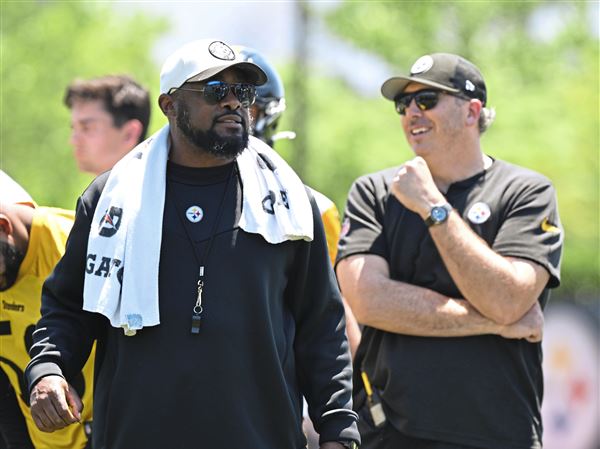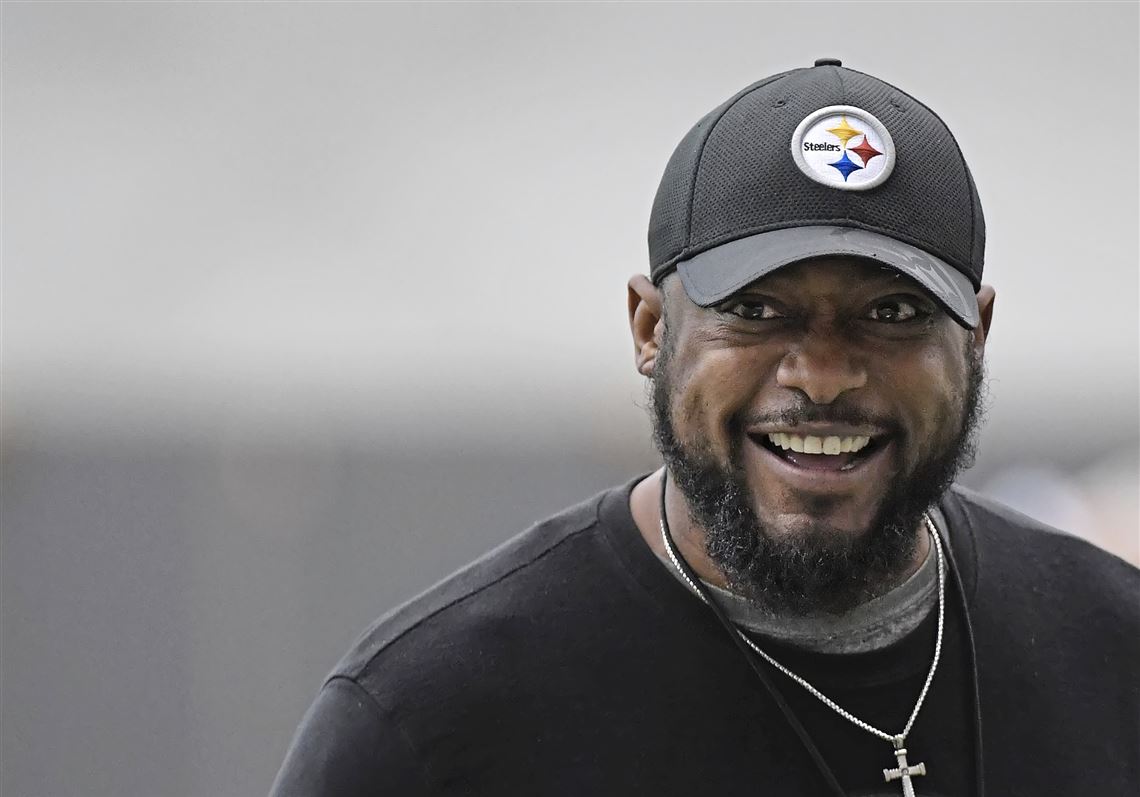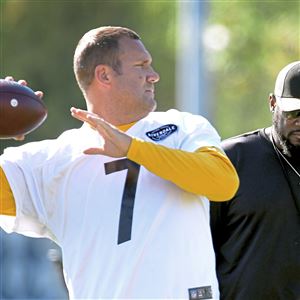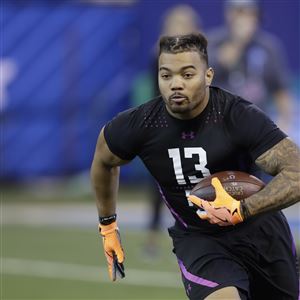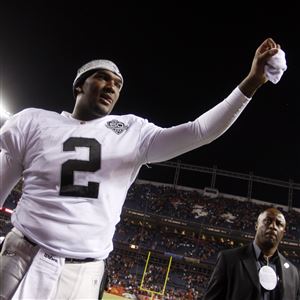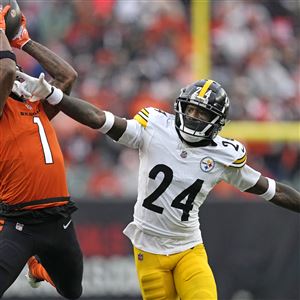When Ben Roethlisberger was drafted in 2004, it marked the first time in 24 years the Steelers had taken a quarterback in the first round.
The moment also was significant for another reason.
It was the most recent time the Steelers used a No. 1 pick on a player who didn’t perform at a school from one of the Power Five conferences.
In fact, since receiver Troy Edwards from Louisiana Tech was taken with the 13th overall pick in 1999, Roethlisberger is the only non-Power Five conference player taken by the Steelers in the first round.
“He was a franchise quarterback,” general manager Kevin Colbert said. “The [Mid-American Conference] at that time was turning out a lot of quarterbacks, quarterbacks that probably should’ve played, or could’ve played, at a Power Five conference but for whatever reason they chose to go to the MAC. There were several MAC quarterbacks that were coming into the league in that period. Fortunately for us Ben was one of them.”
And he might remain the most recent one, if history is a barometer.
Coach Mike Tomlin enters his 11th draft with the Steelers and, in that time, has never used a No. 1 pick on a player who didn’t play in one of the Power Five conferences — ACC, Big Ten, Southeastern, Big 12 and Pac-12.
Chances are, he is not likely to start now. That means players who have been projected in multiple mock drafts to go to the Steelers in the first round, such as Boise State linebacker Leighton Vander Esch or Wyoming quarterback Josh Allen, might not stand a chance of hearing the Steelers call their name.
Those players performed at schools that aren’t in one of the Power Five conferences. Tomlin said he was unaware he had not used a No. 1 pick on a player from somewhere other than a Power Five conference school, calling it a coincidence.
“We respect everybody in this process, and we really try hard to work hard to stack the board in terms of quality of players,” Tomlin said. “And where they play is less important than the quality of player.”
Nonetheless, the Steelers prefer players who compete in big games in front of big crowds against the best competition.
So there’s a good chance players such as Alabama linebacker Rashaan Evans or Stanford safety Justin Reid, even Louisville cornerback Jaire Alexander, are more likely to be one of their No. 1 picks.
Tomlin said it is more natural to watch and study players at Power Five schools than players at smaller schools. But he added it isn’t any more difficult evaluating them just because they didn’t play at one of the big schools.
“Usually there is enough evidence of quality of play,” Tomlin said. “Most of those guys play Power Five people a couple times a year. A lot of those guys will participate in postseason games, Senior Bowls and so forth. Like the guy from UTSA [Texas at San Antonio defensive end Marcus Davenport] played down in the Senior Bowl, so you get an opportunity to see them against Power Five-like talent.”
Since Chuck Noll became coach in 1969, the Steelers have drafted just 11 players from schools that didn’t compete in a major conference. Noll drafted eight of them, including Hall of Famers Joe Greene (North Texas State) and Terry Bradshaw (Louisiana Tech) his first two years with the team.
Bill Cowher drafted the other three — Roethlisberger, Edwards and offensive tackle Jamain Stephens of North Carolina A&T (1996). Unlike Roethlisberger, who will enter his 15th season, Edwards and Stephens had short careers with the Steelers, each lasting just three seasons.
Curiously, the Steelers have employed much the same philosophy when drafting players in the second round, too. In the past 18 years, only one player — cornerback Ricardo Colclough of Tusculum — came from a non-major conference.
They have been a little more flexible on the third round. In the past four years, they have taken two players — nose tackle Javon Hargrave of South Carolina State (2016) and running back Dri Archer of Kent State (2014) — who did not play at a Power Five school. But prior to Archer, you have to go back to 1999 to find a player, linebacker Joey Porter of Colorado State, who didn’t play in one of those conferences.
Whether it’s coincidence or concentrated effort, the Steelers tend to lean toward schools from one of the Power Five conferences to find players at the top of the draft.
“If they are coming from a Power Five conference team, they’ve played at a high level,” Colbert said. “JuJu [Smith-Schuster] stepping in and being able to play quickly as a real young rookie, I think a part of that was he played in big stadium and big games. When you compete, and play at the best level, that should be a good indicator that you can do it at the professional level as well.”
Our in-depth Steelers coverage is second to none.
Support quality journalism. Subscribe today.
Gerry Dulac: gdulac@post-gazette.com and Twitter @gerrydulac.
First Published: April 23, 2018, 12:45 p.m.


